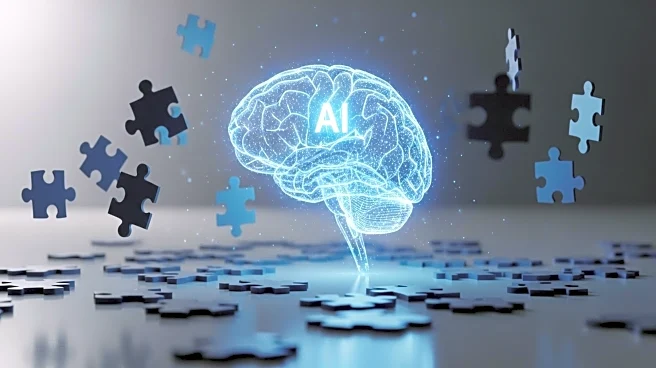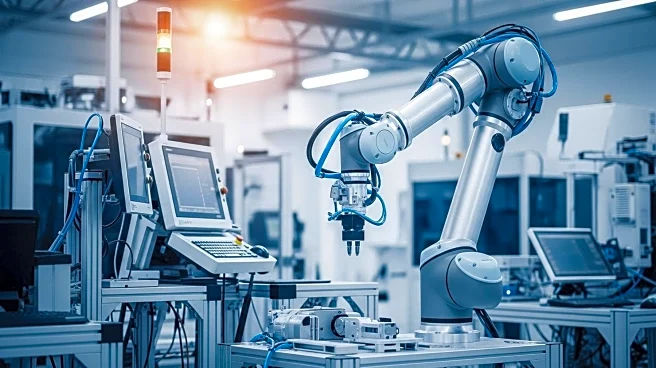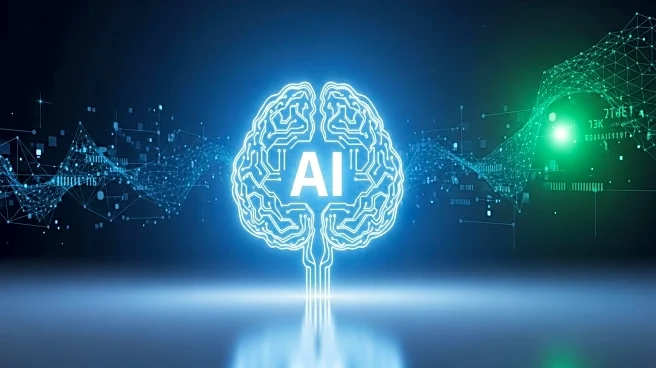What's Happening?
A recent report from Highspot, an AI-based platform for go-to-market performance, reveals that despite the increasing adoption of artificial intelligence tools in workplaces, only 28% of sales and revenue leaders believe these tools improve revenue-driving sales performance. The report highlights a category of organizations termed 'AI Leapers,' which experience significant breakdowns in execution, effectiveness, and alignment due to a lack of systems to convert insights into actionable strategies. Robert Wahbe, CEO of Highspot, emphasized that AI tools require alignment with people, processes, and performance to be effective. The survey, which included 463 senior sales and revenue leaders across the U.S., Europe, and Asia Pacific, found that 96% of respondents reported strain from shifting priorities and stalled deals, while 80% faced burnout, stress, or attrition among their teams.
Why It's Important?
The findings underscore a critical gap between AI adoption and its effective implementation in sales environments. While nearly 70% of companies use AI for work-related purposes, the lack of systems to support AI-driven strategies can lead to inefficiencies and stress among sales teams. This situation presents a challenge for businesses aiming to leverage AI for competitive advantage, as the technology's potential benefits are not being fully realized. Companies that fail to integrate AI effectively may face increased employee burnout and attrition, impacting overall productivity and revenue. The report suggests that organizations need to invest in systems that align AI tools with strategic goals to enhance performance and reduce pressure on employees.
What's Next?
To address these challenges, businesses are encouraged to develop comprehensive AI strategies that include clear communication and training for employees. By establishing systems that support AI integration, companies can improve execution and alignment, potentially leading to better sales performance. HR teams can play a pivotal role by helping workers build AI fluency and skills, creating tailored career pathways, and reducing pressure associated with AI usage. Additionally, employers have the opportunity to monitor AI use responsibly and offer guidance on effective integration, which could mitigate stress and improve team dynamics.
Beyond the Headlines
The report highlights the ethical and cultural dimensions of AI adoption in workplaces. As AI becomes more prevalent, organizations must consider the implications of its use on employee well-being and job satisfaction. The pressure to use AI tools, even when employees are unsure, raises concerns about workplace culture and the need for supportive environments that foster learning and adaptation. Long-term, businesses that successfully integrate AI may see shifts in workforce dynamics, with potential changes in job roles and responsibilities as AI tools become more embedded in daily operations.












